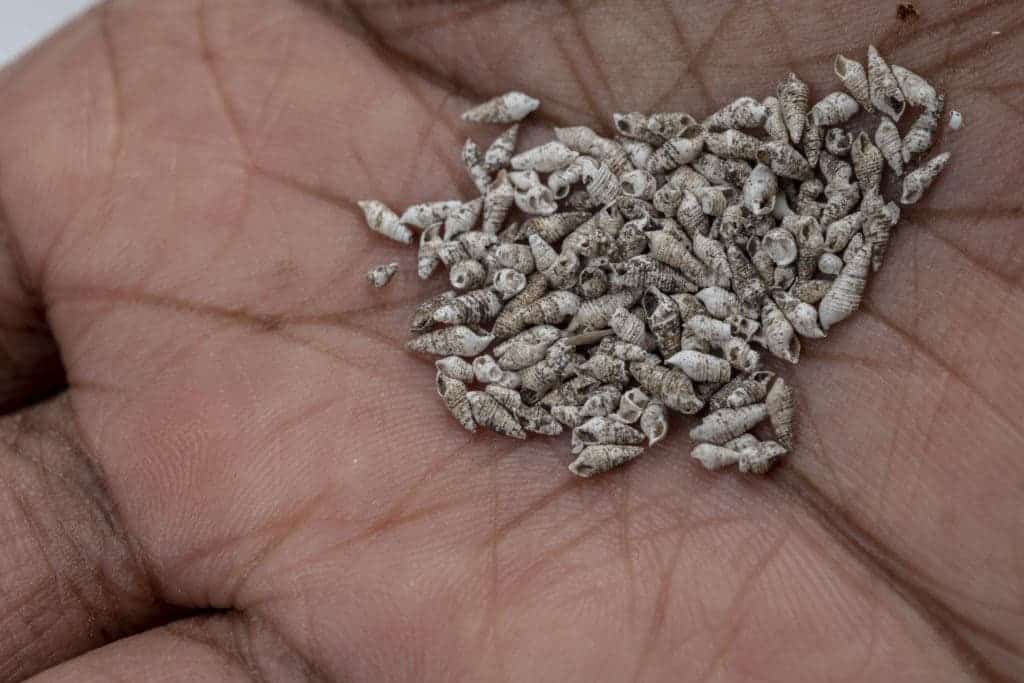The custom of only eating wild oysters in months with the letter “r” seems to have been followed for at least 4,000 years, one study finds.

The study focused on a large shell ring — essentially, a shellfish waste dump — off Georgia’s coast, analyzing how ancient inhabitants at the site limited their oyster harvest to the non-summer months. Today, such practices are meant to protect people from unappealing oysters and food poisoning. The team measured parasitic snails on the oysters to determine when they were harvested by locals.
Seasonal food
“People have been debating the purpose of these shell rings for a very long time,” said Cannarozzi, the study’s lead author and Florida Museum environmental archaeology collection manager.
“Were they everyday food waste heaps? Temporary communal feasting sites? Or perhaps a combination? Understanding the seasonality of the rings sheds new light on their function.”
Snails known as impressed odostomes (Boonea impressa), are common parasites of oysters. These tiny snails anchor themselves onto a shell and insert a needle-like stylus to feed on the mollusks’ insides. Because the snail has a predictable 12-month life cycle, its length at death offers a reliable estimate of when the oyster host died, the team explains.
The team analyzed oysters and snails from a 230-foot-wide, 4,300-year-old shell ring from the island, comparing them with live oysters and snails. They found that ancient oysters were mostly harvested during late fall, winter, and spring. The authors say this points to human populations thinning or migrating out completely in the summer.

It’s possible that this is one of the earliest examples of sustainable harvesting, Cannarozzi said. In the area of the study, oysters spawn from May to October. It’s possible that not harvesting them in the summer allowed oysters to replenish their numbers and prevent overexploitation.
The team says their approach is very cost-effective and can be used alongside other methods in dating shell specimens in archeological sites. Mapping the history of oysters in a particular area can help us understand the health of the broader coastal ecosystems they were part of.
“It’s important to look at how oysters have lived in their environment over time, especially because they are on the decline worldwide,” Cannarozzi adds. “This type of data can give us good information about their ecology, how other organisms interact with them, the health of oyster populations and, on a grander scale, the health of coastal ecosystems.”
“People have affected the distributions, life cycles and numbers of organisms over time,” Cannarozzi said. “Understanding how people in the past interacted with and influenced their environment can inform our conservation efforts today.”
In preparation for the spawning season, oysters start converting glycogen (i.e. fat stores) into sperm and eggs, making them “soft and rank”, according to Rowan Jacobsen, author of A Geography of Oysters. Warmer waters also tend to carry more bacteria and algae, which can lead to food or shellfish poisoning. Today it’s pretty safe to eat oysters any time of the year due to oyster farming, refrigeration, and food safety practices. However, for fresh-caught oysters, I’d stick with the folk wisdom.
The paper “Seasonal oyster harvesting recorded in a Late Archaic period shell ring” has been published in the journal PLOS ONE.






